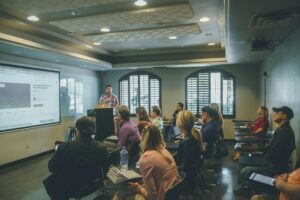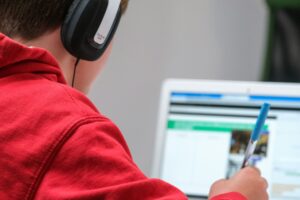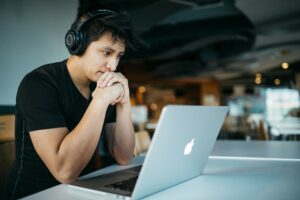What is Open Pedagogy:
Open Pedagogy is educational methods that is developed on student collaboration and usage of open resources to create a more inclusive and participatory learning environment. Open education encourages active learning and creates a more interactive learning experience for the students.
Open Pedagogy vs Traditional
Open pedagogy goes beyond the traditional educational practices. Traditional educational practices focus on instructors teaching students content, while open pedagogy emphasizes collaborative learning and encourages students to create their own learning experiences. In addition, open education uses open resources unlike traditional educational practices that often uses expensive textbooks.
Open Pedagogy for Students:
Open pedagogy helps students become active participants and give them opportunities to learn. It also makes the education more accessible for students, as it uses open educational resources. Open pedagogy creates a more interactive learning experiences for students.
Open Pedagogy for Instructors:
Open pedagogy helps instructors to create more innovative teaching methods and build a student driven learning environments. Open pedagogy also changes the way the content is taught, it shifts the education from passive teaching to a more engaging way of teaching.

Photo by Emmanuel Ikwuegbu on Unsplash
The Role and Impact of OER:
Open Education Resource are freely available educational resources such as textbooks, lecture notes and videos. Open Education resources has transformed the educational landscape by increasing access to educational resources. The increased use of OER has decreased the financial barriers for many students.
Advantages of OER:
In my learning experiences, OER has increased accessibility of course material for me. Some of my instructors decided to use OER as the lecture material and that has reduced the financial burden of buying textbooks from me. OER contributes to making education more accessible through providing free educational resources and this allows people who struggle financially to access course content. OER also creates a more inclusive learning environment by providing educational resources in different formats such as videos, lecture note and textbooks. In conclusion, OER is a very valuable tool for instructors to consider using, as it promotes a more equitable and accessible learning environment for students.

Photo by Susan Q Yin on Unsplash
Global Trends of OER:
OER has been recognized by many governments and institutions all over the world. Many countries have encouraged the use of OER. For example, European Union have supported OER resources through Uno Europe. Countries like Canada and US have also invested into development of OER both in provincial and state level. These actions create opportunities to expand the use of OER throughout Europe, Canada and US.
Moreover, with the growth of online learning , the use of OER has increased as well. These is an opportunity for OER use to increase and to create a more equitable and accessible educational environment. However, with the increased use of OER, it could be challenging to do quality control and make sure the resources are peer-reviewed.

Photo by Dylan Gillis on Unsplash
Understanding Creative Commons Licensing:
Creative Commons Licensing provides a legal framework allows students and instructors use free educational resources ethically. Understanding the Creative Commons Licensing is crucial for using free educational resources. Users can determine how they can modify and distribute educational resources while being respectful for the creator’s rights. The video below explains how Creative Commons licensing works and explains the different types of licensing. This informative video shows that Creative Commons are very useful when it comes to creating content online. The video explains how Creative Commons give credit to the owner of the creation while giving other people the freedom to use those creations.
How to Implement Creative Commons:
I can apply Creative Commons Licensing to modify the OER or I can create my own OER resources based on my needs. I could also use OER textbooks and create summarizes for my own studies. To do all of these activities, I would need to have Creative Commons Licensing. This is how I can incorporate Creative Commons Licensing in my own work.
Attributes of Open Pedagogy:
Some key aspects of Open Pedagogy are collaboration, transparency and student centered learning. These aspects of Open Pedagogy can be implemented into educational practices through various practices. These practices include group projects and peer to peer learning to increase collaboration in the learning environment. In addition, communicating clearly learning expectations and goals of the course can developed transparency between students and instructors. To increase more student centered learning, instructors can use diverse methods to teach and assess students and they can also offer flexible assignments. These practices can develop a more student centered learning.
More Inclusive and Participatory Learning:
Open Pedagogy contributes to a more inclusive and participatory. By having a student centered learning and having a more collaborative learning environment, these practices fosters a more community like learning environment. These can improve the participation of students. In addition, Open Pedagogy uses OER which creates a more inclusive learning environment. OER provides different kind of learning materials such as videos, lecture notes and textbooks. This creates a more inclusive learning environment for students.

Photo by Kenny Eliason on Unsplash







